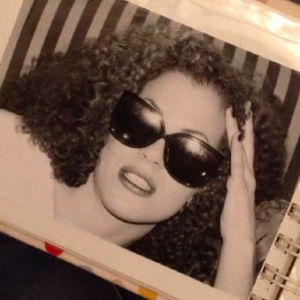KEFA, GAMBIER, OHIO, 2018
Palestinian-Lebanese photographer Rania Matar was only three years old when her mother died at the age of 28. Growing up in Beirut during the 1960s, Matar was raised by her father, with whom she was very close. In 1975, her ...



